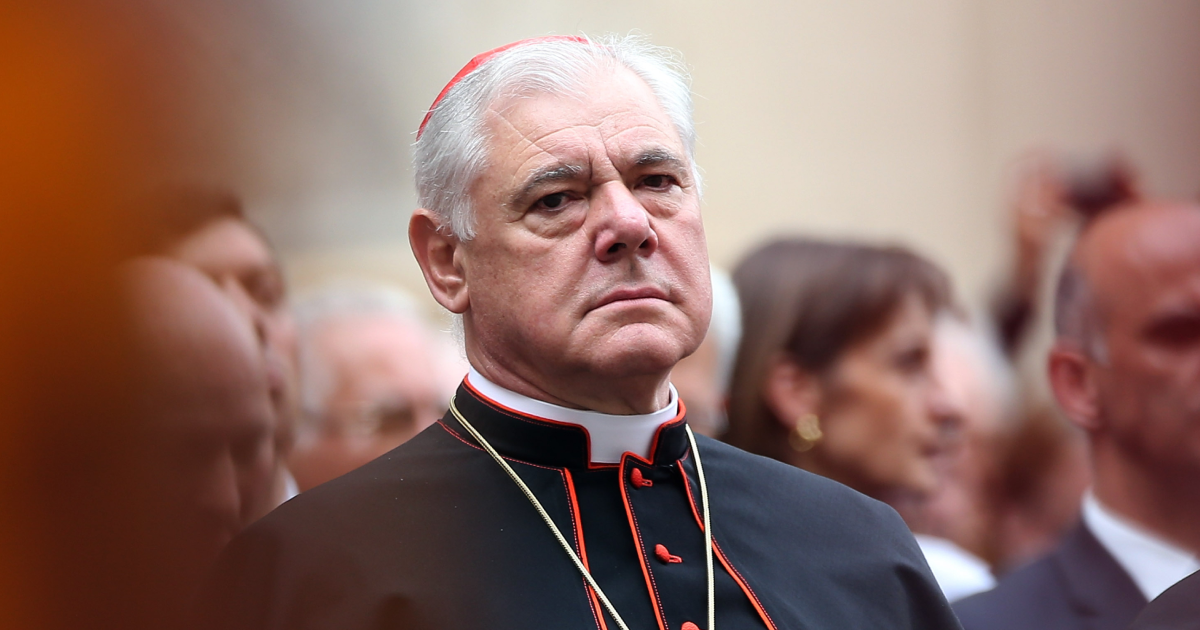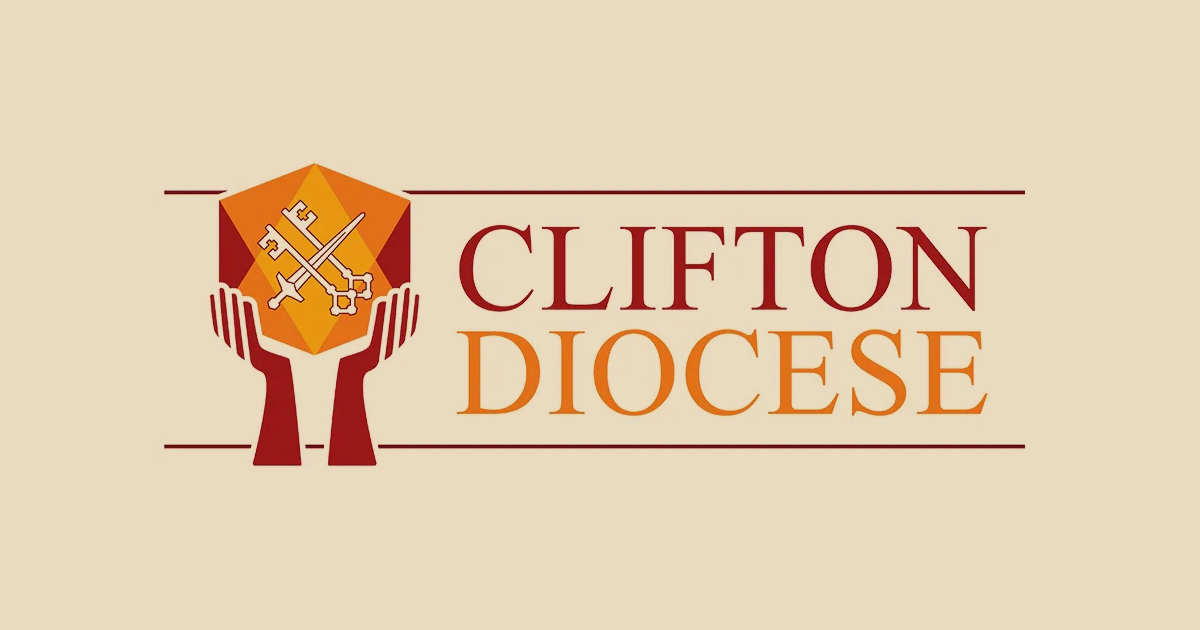G. K. Chesterton devoted a whole chapter of his autobiography to his friendship with Hilaire Belloc. Entitled “Portrait of a Friend”, the chapter describes Belloc as “the man of letters I happen to know best” and praises him for being a journalist who “has produced nothing but literature”. Following Chesterton’s death, Belloc wrote a slim volume entitled On the Place of Gilbert Chesterton in English Letters, in which he praised the legacy of his great friend and greatest intellectual ally. Such was the closeness of their relationship, in which they seemed to see eye to eye on almost every subject, that George Bernard Shaw quipped that they were two halves of the same fantastic beast which he dubbed the Chesterbelloc.
Since Belloc and Chesterton stood shoulder to shoulder or, to employ Shaw’s metaphor, were joined at the hip, it is good to see each in the light of the other. In order to do so, Belloc needs to step out from Chesterton’s shadow so that his own literary light can be seen and not eclipsed by his friend’s presence.
Like Chesterton, Hilaire Belloc was a man of letters in the truest and fullest sense of the word. He was one of the finest poets and essayists of his generation, as well as being a novelist and the author of books on history, politics, economics and literature. His best verse, such as “Tarantella”, “Ha’nacker Mill”, “The End of the Road” and “Twelfth Night”, deserves a place, indeed demands a place, in any reputable anthology of twentieth-century poetry. On a lighter note, his children’s books, such as The Bad Child’s Book of Beasts, More Beasts (For Worse Children) and Cautionary Tales for Children, are classics which continue to delight new generations of children and parents alike.
In the field of politics and economics, Belloc championed and popularised Catholic social teaching, critiquing the errors of both capitalism and socialism from the perspective of Christian political philosophy. Influenced by Pope Leo XIII’s encyclical Rerum Novarum and by the life and work of Cardinal Manning, Belloc’s two most important political works are The Servile State, in which he illustrates the erosion of political liberty caused by the harmful impact of the English Reformation, and An Essay on the Restoration of Property, in which he outlines Catholic social teaching, especially with respect to the Church’s defence of subsidiarity and solidarity, as the only just solution to the evils of both socialism and capitalism.
As an essayist, Belloc wrote on literally anything and everything, ‘literally’ being meant quite literally. His book On Anything had been preceded by a book On Everything, and other collections of essays included On Nothing and On Something and also, taking the omnivorous whimsy to its utmost conclusion, a volume simply entitled On.
Unlike most of his other work in multifarious genres, Belloc’s novels have not stood the test of time very well. This is partly due to their being rooted in the politics of the day but also to the stolidness of the storytelling, which often seems little more than a thinly veiled excuse for the indulgence of a droll sense of satirical humour. The one exception is the late novella Belinda, which Belloc’s biographer Robert Speaight described as “the most perfect, the most original, the most timeless, and therefore perhaps the most secure” of all Belloc’s works of prose. Belloc was himself pleased with it, believing it to be far superior to his earlier forays into fiction and writing that it was “certainly the book of mine which I like best since I wrote The Path to Rome”.
As for The Path to Rome itself, one of his earliest works, it might best be described as a travel farrago, a linear narrative connected to a journey — in this case a pilgrimage — interspersed with seemingly random anecdotal musings on anything and everything. It is animated, therefore, by the tension created between the forward momentum of the author’s account of the progress of his pilgrimage and the inertial force of the tangential digressions.
Belloc’s love for what he called the “Europe of the Faith”, so evident in The Path to Rome, is especially present in his many historical works in which he sought to correct what he derided as “tom-fool Protestant history”. Lamenting that “most people are still steeped in that false official history which warps all English life”, Belloc embarked upon the “weary work [of] fighting this enormous mountain of ignorant wickedness”. He did so with two masterful panoramic overviews, How the Reformation Happened and Characters of the Reformation, and with full-length biographies of many of the key figures of sixteenth- and seventeenth-century England, including Cardinal Wolsey, Thomas Cranmer, Charles I, Oliver Cromwell, Charles II and James II. In addition, he wrote two seminal works on the broader history of Christian civilisation, The Great Heresies and Survivals and New Arrivals, highlighting the errors and heresies that had dogged and darkened the centuries. In works such as these, Belloc shows himself to be an indefatigable and indomitable defender of the Faith and a true champion of “all good things our Christendom brings”.




.jpg)











